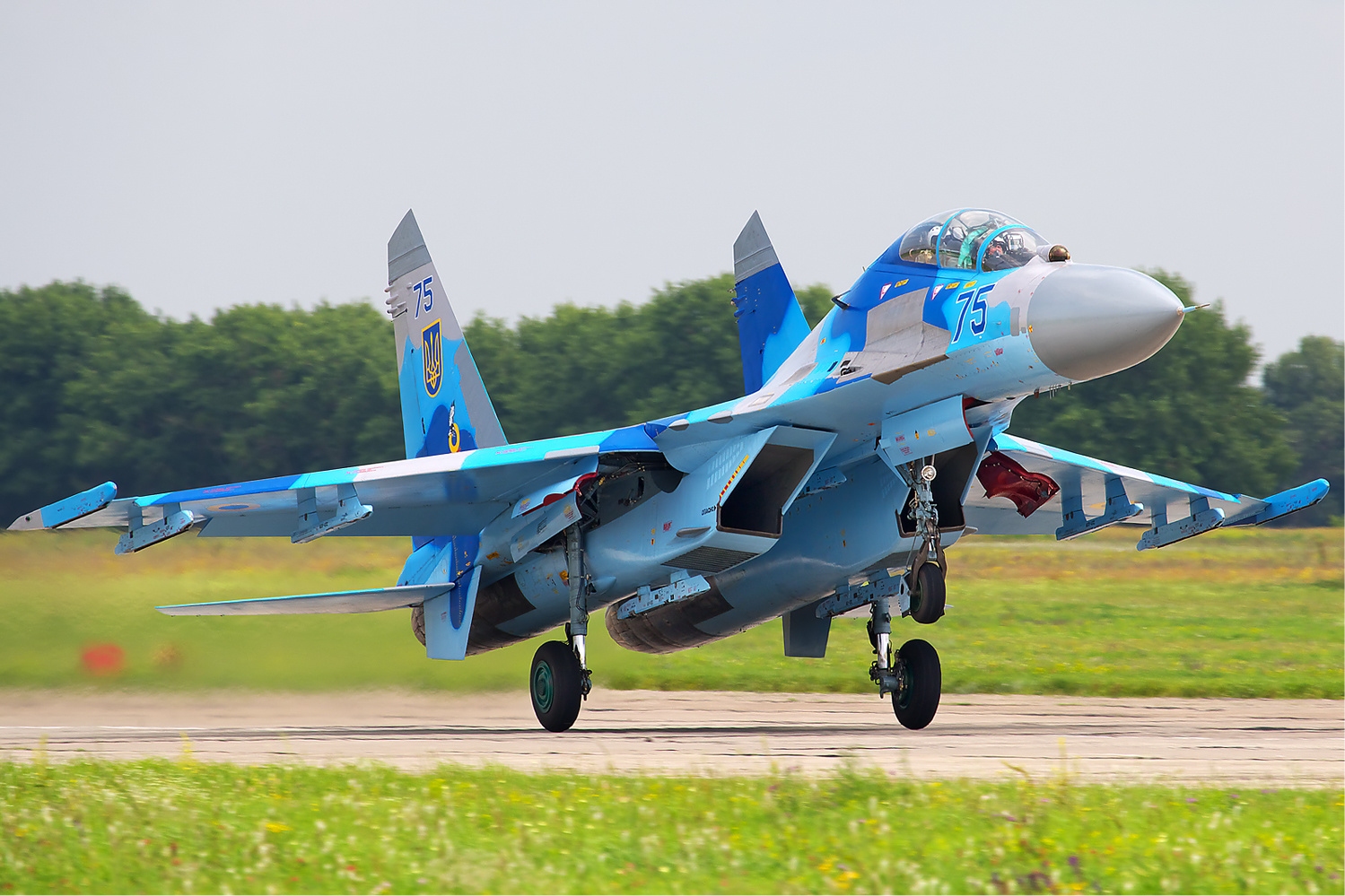The Sukhoi Su-27, known by its NATO reporting name “Flanker,” is more than just a fighter jet—it’s a symbol of Russian air superiority. Introduced in the 1980s as a countermeasure to the U.S. Air Force’s F-15 Eagle, the Su-27 quickly established itself as one of the most formidable aircraft of its time. With its combination of raw power, agility, and advanced technology, the Su-27 has not only redefined aerial combat but has also become a cornerstone of Russia’s military aviation strategy.

Born to Dominate
The origins of the Su-27 trace back to the intense Cold War rivalry between the Soviet Union and the United States. The Soviets needed a fighter that could match and outclass the Western aircraft that were beginning to dominate the skies. The result was the Su-27, an aircraft designed for air superiority with an emphasis on long-range missions, high speed, and exceptional maneuverability.
The Su-27’s design is a masterpiece of aerodynamics. Its twin-engine configuration allows it to reach speeds of up to Mach 2.35, while its large, swept-back wings provide incredible lift and agility. This combination gives the Su-27 an unparalleled ability to outmaneuver its adversaries, even at low speeds—a key advantage in dogfights.

Technological Prowess
What sets the Su-27 apart is its advanced avionics and weaponry. Equipped with a powerful radar system, the Su-27 can detect and engage multiple targets at long distances. It also carries a variety of air-to-air missiles, including the R-73 and R-27, which have proven their effectiveness in numerous engagements. The aircraft’s ability to carry up to 10 missiles at a time, along with a 30mm cannon, makes it a lethal opponent in any air-to-air combat scenario.
But the Su-27 is not just about firepower. It also features sophisticated electronic countermeasures (ECM) that protect it from enemy radar and missiles, enhancing its survivability in hostile environments. This blend of offensive and defensive capabilities has made the Su-27 a nightmare for enemy pilots.

A Global Influence
Since its introduction, the Su-27 has been exported to several countries, including China, India, and Vietnam, where it has been highly regarded for its performance and reliability. In China, the Su-27 served as the basis for the development of the J-11, a license-built variant that has become a mainstay of the People’s Liberation Army Air Force (PLAAF).
The Su-27’s impact on global air forces cannot be overstated. It has been involved in numerous conflicts, demonstrating its capabilities in real-world combat situations. Whether in the skies over Georgia or in training exercises with allied nations, the Su-27 has consistently proven its mettle as a top-tier fighter jet.
The Legacy Continues
The legacy of the Su-27 continues to evolve. Its success has led to the development of several variants, including the Su-30, Su-33, and Su-35, each building on the foundation laid by the original Flanker. These modern iterations feature even more advanced avionics, thrust-vectoring engines for enhanced maneuverability, and the ability to carry a wider range of weapons.
Despite the arrival of newer aircraft, the Su-27 remains in service with the Russian Air Force and other air forces around the world. Its continued presence is a testament to its enduring design and capabilities. Even in the era of fifth-generation stealth fighters, the Su-27 is still considered a formidable adversary, capable of holding its own against any opponent.
A Timeless Icon
The Sukhoi Su-27 is more than just a fighter jet; it’s an icon of Russian military power and technological prowess. Its blend of speed, agility, and firepower has made it a legend in the world of aviation. As it continues to fly into the future, the Su-27 remains a symbol of excellence in aerial combat, a machine that has changed the game and will forever be remembered as one of the greatest fighter jets ever built.





